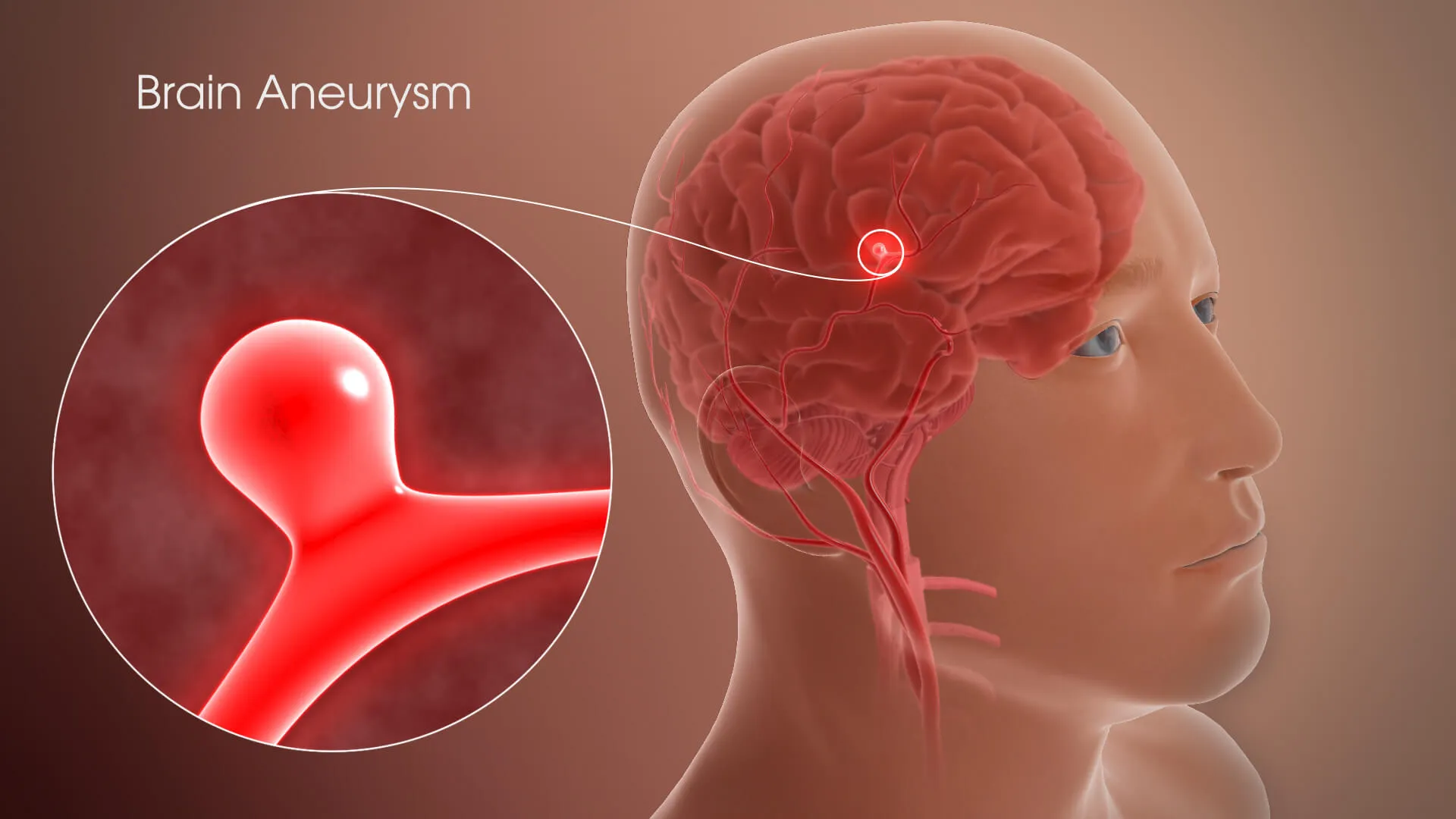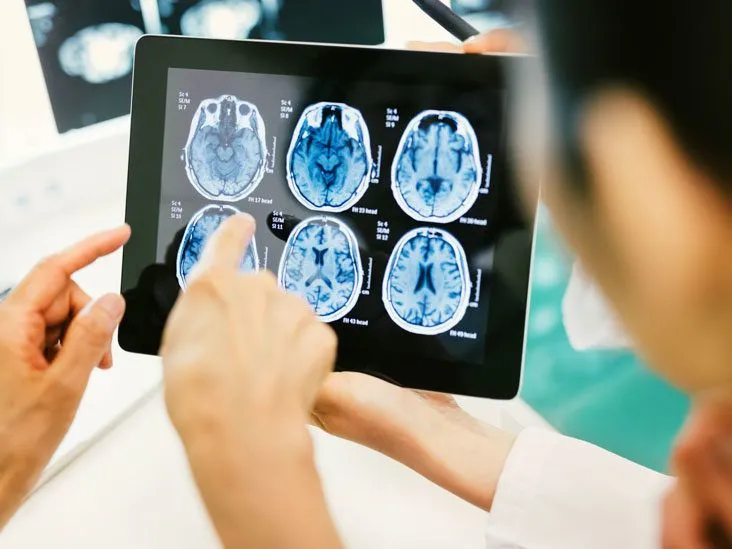Aaron Jackson
Brain Aneurysm: The Bulge That Could Burst - Know the Symptoms and Treatment Options
Brain Aneurysm: Understanding the Bulge in Your Blood Vessel
A brain aneurysm can be a frightening prospect. It conjures images of a sudden, catastrophic event. But the reality is more nuanced. While a ruptured brain aneurysm can be life-threatening, many aneurysms never burst and cause no symptoms. This article dives deep into the world of brain aneurysms, exploring the causes, symptoms, diagnosis, and treatment options.
What is a Brain Aneurysm?
A brain aneurysm is a weak spot in the wall of an artery in the brain that bulges outward like a balloon. These bulges can range in size from a tiny berry to a large grape. Most aneurysms (around 90%) occur in the major arteries supplying blood to the brain.
Types of Brain Aneurysm
There are several ways to categorize brain aneurysms:
- Saccular Aneurysm: The most common type, resembling a pouch protruding from the artery wall.
- Fusiform Aneurysm: Aneurysm involves the entire circumference of the artery, causing a widening.
- Dissecting Aneurysm: Blood dissects (separates) layers within the arterial wall, causing a bulge.

What Causes a Brain Aneurysm?
The exact cause of a brain aneurysm is often unknown. However, several factors are known to increase the risk:
- High blood pressure: Uncontrolled hypertension weakens blood vessel walls, making them more prone to ballooning.
- Family history: Having a close relative with a brain aneurysm increases your risk.
- Atherosclerosis: This condition, characterized by fatty deposits clogging arteries, can weaken blood vessel walls.
- Smoking: Smoking damages blood vessel walls and increases the risk of aneurysms.
- Connective tissue disorders: Conditions like Marfan syndrome weaken connective tissue, including in blood vessels.
- Head injury: Severe head trauma can damage blood vessel walls, increasing aneurysm risk.
- Drug use: Cocaine and other stimulants can increase blood pressure and contribute to aneurysm formation.

The Silent Threat: Unruptured Brain Aneurysm Symptoms
Most brain aneurysms (around 80%) never rupture and cause no symptoms. However, in some cases, a large unruptured aneurysm may press on nearby nerves or brain tissue, leading to:
- Headaches: New or worsening headaches, especially those described as "the worst headache of my life."
- Vision problems: Blurred or double vision, drooping eyelid, or pain behind the eye.
- Numbness or weakness: Numbness or tingling on one side of the face or body.
- Speech difficulties: Difficulty speaking clearly or slurred speech.
- Seizures: Uncontrolled electrical activity in the brain causing convulsions.
Sentinel Hemorrhage
A small amount of bleeding from an aneurysm can sometimes occur before a major rupture. This is called a sentinel hemorrhage and may cause a sudden, severe headache, but typically with less intensity than a full rupture.
The Emergency: Ruptured Brain Aneurysm Symptoms
A ruptured brain aneurysm is a medical emergency requiring immediate medical attention. Symptoms can come on suddenly and be severe:
- Sudden and severe headache: Often described as the "worst headache of my life," typically sudden in onset and reaching peak intensity quickly.
- Nausea and vomiting: May accompany the severe headache.
- Stiff neck: Difficulty bending the neck forward due to irritation of the meninges (membranes surrounding the brain).
- Confusion or altered mental state: Drowsiness, disorientation, or difficulty thinking clearly.
- Seizures: Uncontrolled electrical activity in the brain causing convulsions.
- Loss of consciousness: Can range from brief moments of blacking out to coma.
- Loss of balance or coordination: Difficulty walking or maintaining balance.
- Vision problems: Blurred or double vision, drooping eyelid, sensitivity to light.
What to Do if You Suspect a Ruptured Brain Aneurysm
If you or someone you know experiences any of the above symptoms of a ruptured brain aneurysm, call emergency services immediately. Time is critical in these situations. Early diagnosis and treatment can significantly improve outcomes.
Diagnosing a Brain Aneurysm
Several imaging tests can be used to diagnose a brain aneurysm:
- Computed Tomography (CT) Scan: Uses X-rays to create detailed cross-sectional images of the brain. A CT scan with contrast dye may be used to visualize blood vessels, potentially revealing an aneurysm.
- Magnetic Resonance Imaging (MRI) Scan: Creates detailed images of the brain and blood vessels using strong magnetic fields and radio waves. An MRI scan can confirm the presence and location of an aneurysm.

 Telehealth Visits Available
Telehealth Visits Available
